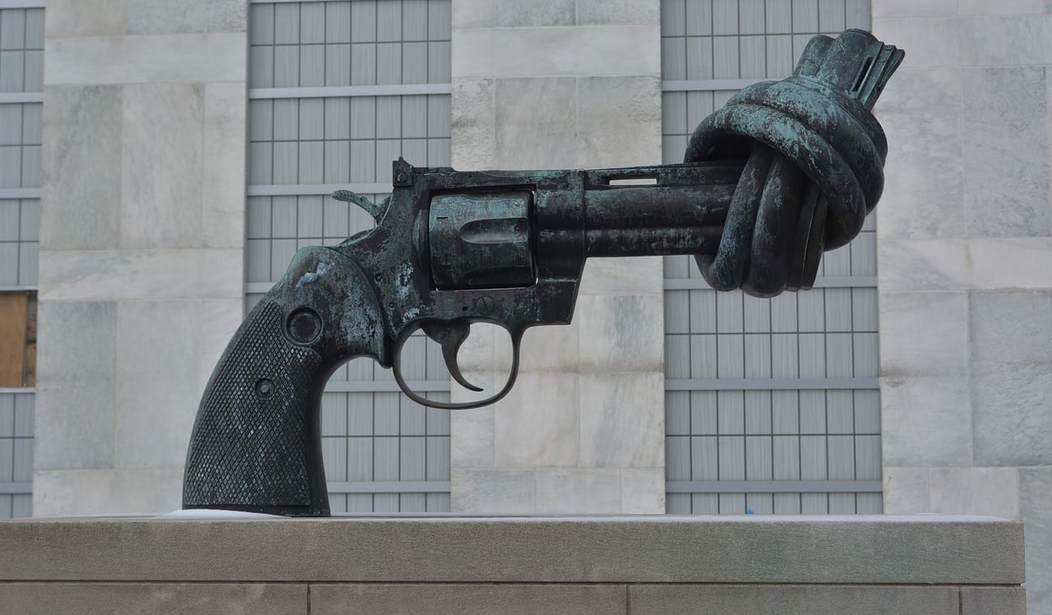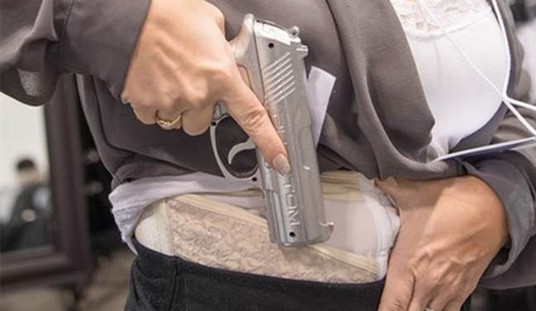While California is home to some 40-million people, less than a thousand of them were subjected to a “red flag” firearms seizure order last year. The San Francisco Chronicle apparently has a problem with that, because latest foray into advocacy journalism is dedicated to pushing county sheriffs and city police departments around the state into taking more guns away from people using Extreme Risk Protection Orders.
After a slow start, California courts granted gun violence restraining orders for 851 people last year, according to the state Justice Department. That was up from 257 in 2018 and fewer than 80 in 2016, the year the “red flag” law took effect.
Yet implementation remains regional, despite a long-running educational campaign by advocates who argue the restraining orders are a tool to prevent not just mass shootings, but also suicides and domestic violence, which account for far more firearms deaths. Nearly two-thirds of the 2020 cases came from just five counties — San Diego, Santa Clara, Orange, Santa Barbara and Santa Cruz.
“We’ve got to do better,” said Marisa McKeown, a supervising deputy district attorney in Santa Clara County. “There are so many cases where this is the thing.”
Are there really? Because “the thing” McKeown wants to see more of is for courts to declare someone a danger and then take their guns, while leaving the dangerous person with their knives, matches, gasoline, and car keys? Leaving aside the due process concerns and potential violations of the Second and Fourth Amendment, as well as the fact that some non-dangerous people are undoubtably going to be stripped of their ability to own a gun because a judge takes a “better safe than sorry approach,” how on earth does it make any sense to declare someone a threat and then do nothing to actually treat the person and instead focus solely on their ability to legally own a gun?
Of course, the Chronicle never bothers to ask any of the county sheriffs where the use of Extreme Risk Protection Orders remains low what they think of the law. The paper starts with the premise that the law is a good and valuable thing, and should be used far more often than it is, even putting a positive spin on the fact that there’s no real evidence showing that red flag laws prevent crime or suicide.
Although research on the efficacy of the restraining orders is still in the early stages, [Dr. Garen] Wintemute said they appear to have positive outcomes.One study his team released in 2019 found 21 cases in the previous three years in which California police petitioned to remove weapons from people who had threatened to commit mass shootings. None of those people subsequently killed someone else or themselves. Although it is impossible to prove that was because of the restraining orders, Wintemute called it a promising sign.Other researchers have found the orders are an effective deterrent for suicides. Studies of Indiana and Connecticut, the first two states to adopt this type of law, concluded that one suicide was averted for every 10 to 20 people whose guns were removed.“As a scientist, the case is not proven yet,” Wintemute said. “As a clinician, as a person in the world, I know we need to proceed with the best evidence we have at the time.”









